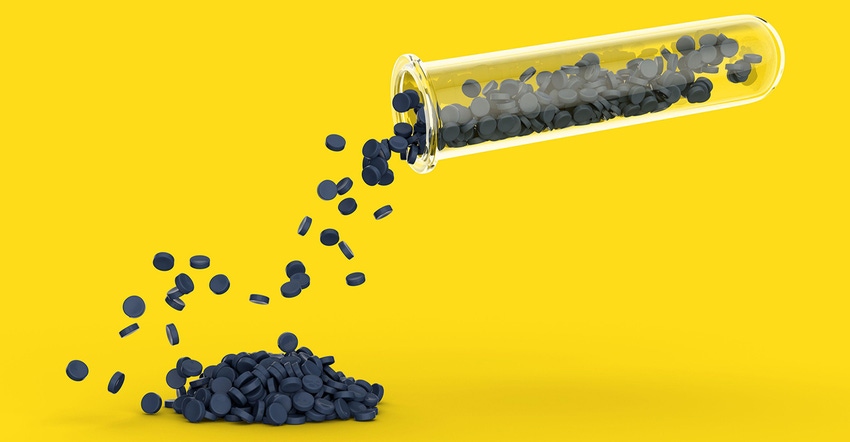Plastic packaging accounts for most of the demand, followed by building and construction, according to a new report.
September 1, 2022

Global demand for plastic masterbatches is projected to reach nearly 5.5 million tons by 2031, according to a new study by Germany’s Ceresana market research institute.
The third edition of Ceresana’s global masterbatches study analyzes projected masterbatch output in 16 countries from 55 producers, including Avient, Global Colors, and Americhem.
About 1.4 million tons of white-pigment masterbatch were sold globally last year — primarily for use in toys, electrical appliances, automotive parts, furniture, and films. Titanium dioxide (TiO2) protects those products from UV radiation.
After TiO2 masterbatches, color masterbatches including organic, inorganic, and effect pigments were the most prevalent, followed by black additives. Being highly resistant to color changes and fading, industrial carbon black is ideal for technical polymers.
Using 2021 as the base year for the report, Ceresana found that global demand for masterbatches broke down as follows:
34% white
25% color
21% black
20% additive
In terms of applications, packaging accounted for 36% of total demand for masterbatches in 2021. This included flexible (films, bags, sacks) and rigid (cans, bottles, lids) packaging. Construction applications ran a distant second.
Regionally, masterbatch demand echoed the global market for plastics; current revenues generated by region are:
Asia-Pacific: About 33%
North America: A bit under 24%
Western Europe: 22%
The third edition of the global masterbatch report is now available from Ceresana.
About the Author(s)
You May Also Like


